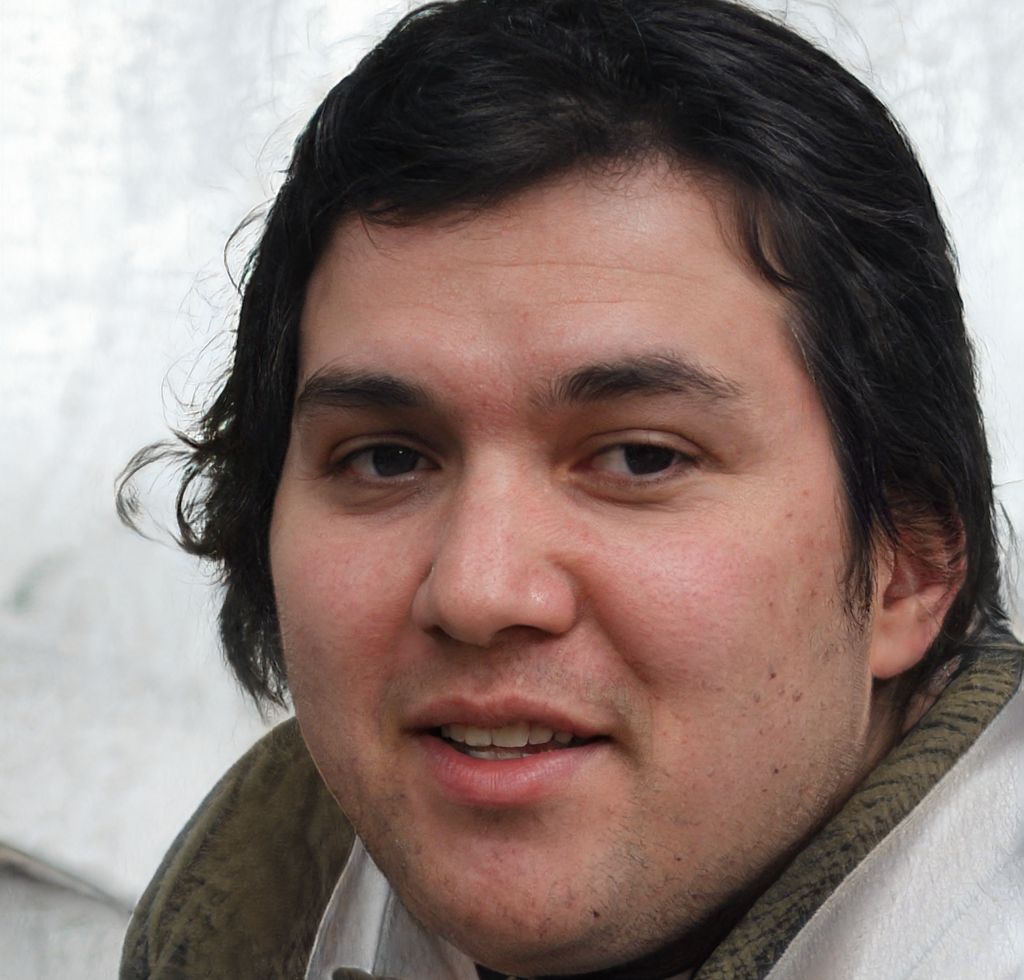

Dylan Armstrong
California Polytechnic State University, San Luis Obispo
U.S. History
U.S. History teacher | Verified Expert
I hold a degree in U.S. History from California Polytechnic State University, San Luis Obispo. With a passion for unraveling the intricacies of America's past, I specialize in bringing history to life for my students. My approach combines academic rigor with engaging storytelling, fostering a deeper understanding and appreciation for the events that have shaped our nation. From the Revolutionary War to the Civil Rights Movement, I'm here to guide students on a journey through the rich tapestry of U.S. history. Let's explore the past together and uncover its relevance to the present.
Questions
- When the diplomatic relations between Japan and the U.S came to a stalemate, what event occurred that brought the U.S into WWII?
- On what date did Oklahoma become a state?
- Who ran and won in the 1908 presidential election?
- What did Theodore Roosevelt do to end the coal strike of 1902?
- Why did the Republican Party split during Taft's administration?
- What steps did President Theodore Roosevelt take to regulate big business?
- Why do you think the businessmen are drawn so large in cartoons?
- The Seneca Falls "Declaration of Sentiments" asserted that "Woman is man's equal." In what ways would that change the status women held at that time?
- Who was Elizabeth Cady Stanton?
- Where did women's suffrage increase?
- Why was the U.S. economy so important to the world economy in the 1920s?
- What did Herbert Hoover initially believe about the federal government's role in the Great Depression?
- How did the Tet offensive add to the "so-called" credibility gap?
- Who was the first President to resign from office?
- Why did Robert Kennedy believe it no longer made sense for the United States to seek a military victory in Vietnam?
- How could a young man avoid the draft during the Vietnam Era?
- Where is the site of a 1970 tragedy in which four students were killed by national guard troops?
- What was the United States' motive in entering the Korean conflict?
- What was the backlash by groups such as the White Citizens Councils, the music industry, and other more conservative artists to the growing popularity of rock and roll? What were the fears?
- Which black leader argued that African Americans needed to accommodate themselves to segregation?